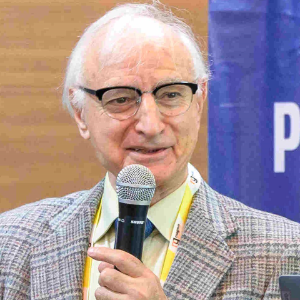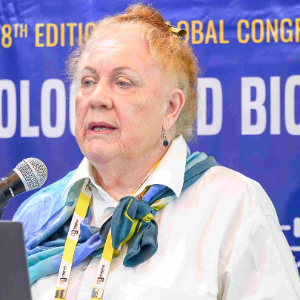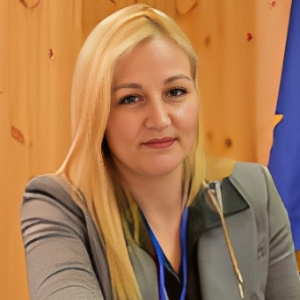Embryogenesis
The process through which a single cell transforms into a complex creature is called embryogenesis. It encompasses the development of organs, tissues, and other structures as well as the proliferation and differentiation of cells. Fertilization, in which the egg and sperm join to create a zygote with one cell, is the first stage of embryogenesis. After then, the zygote starts to split, creating a blastula. The blastula matures into a blastocyst over the course of many weeks, and the blastocyst implants in the uterus. After being implanted, the blastocyst starts to develop into the ectoderm, mesoderm, and endoderm, the three germ layers of the embryo. These three germ layers will later develop into the different organs, tissues, and other bodily systems. Embryogenesis is a difficult and involved process.

Mohammad Babadoost
University of Illinois, United States
Mary Cole
The University of Melbourne, Australia
Valasia Iakovoglou
UNESCO chair Con-E-Ect, International Hellenic University, Greece
Satya S S Narina
Virginia State University, United States
Sara Hailemariam
Purdue University, United States
Midhat Mahboob
Lincoln University, New Zealand


Title : Exploring the genetic diversity in tannin-rich forages to explain the large intra species variability in tannin content
Selina Sterup Moore, Aarhus University, Denmark
Title : Isolation and functional properties of biomolecules of plants and its application
Balagopalan Unni, GEMS Arts & Science College (Autonomous), India
Title : Primed for the future: PGPR and the promise of sustainable, heritable crop resilience
Prashant Singh, Banaras Hindu University (BHU), India
Title : Revealing allelic variations in candidate genes associated with grain yield under salinity stress between two contrasting rice genotypes
Nisha Sulari Kottearachchi, Wayamba University of Sri Lanka, Sri Lanka
Title : Adaptive strategies of Aristida L. species across ecological zones of Pakistan: Linking soil characteristics with morphological and physiological traits
Iram Ijaz, University of Agriculture Faisalabad Pakistan, Pakistan
Title : Ethnobotanical survey and abundance of weeds in selected Manihot esculenta (cassava) Crantz farms in Osun state, Nigeria
Dada Caleb Mayokun, University of Ibadan, Nigeria